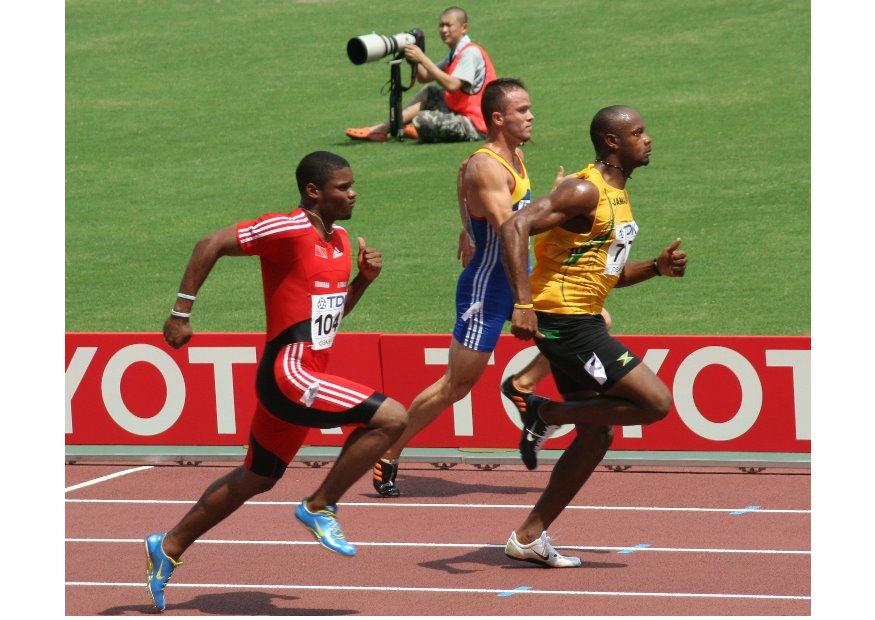There has been a debate for a while about whether speed training should be done on high speed treadmills. The argument against this is that, in theory, sprinting mechanics would be different on a treadmill because treadmills have motorized belts. Sinclair et al, in the latest issue of Sports Biomechanics, looked at this with running. The authors investigated whether the kinematics (position of the body in space and time) of running on a treadmill are similar to running overground. The authors studied 12 men and women who were recreational runners (they define as training 3x per week for at least 25km of running per week). For this study, subjects ran at 4 meters/second on both the overground and the treadmill conditions. The overground condition was run on a 22 meter indoor laboratory floor. The treadmill condition was on a Woodway treadmill at 0% incline. All conditions were filmed.
The authors found that there two motions are different. For the overground running, there was more hip flexion at footstrike, more hip range of motion, and greater peak hip flexion. The overground condition had greater peak knee flexion and greater dorsiflexion at the ankle. At the ankle, the overground condition resulted in greater plantarflexion and dorsiflexion peak velocity while the treadmill resulted in more peak eversion.
Before I discuss some limitations of the study, let me begin with practically what these findings mean. First, the hip range of motion suggests a reduction in stride length while running on the treadmill. Second, many treadmills have motorized belts unlike running overground. The authors suggest that the changes in the knee flexion and the differences at the ankle are a result of the hardness of the ground and the need to propel the body forward in the overground condition. Third, the greater eversion of the treadmill is likely a result of the deformability of the treadmill surface.
Now, limitations. First, the subjects are not sprinters or even athletes – they are recreational fitness types. This means that applying this information to an athletic population is difficult. Second, it’s unclear whether the subjects demonstrated good running mechanics or were familiar with running on a treadmill. Both of these factors could influence the results. Third, four meters/second sounds fast, but keep in mind that sprinters run in the 8-12 meters/second range. Would increased speed change the results? It’s a possibility. Finally, the challenge with filming and analyzing footstrikes in a study like this is that you only have so many cameras, so you have to restrict where the athletes run or only film a specific part of the run – which means you have a picture of that moment in time which may/may not be representative of the rest of the run. Running for 22 meters (which was the overground condition) may impose artificial constraints to the individual’s running mechanics that might not exist if they were running flat-out.
It is a highly interesting study that suggests that if you hold variables constant (i.e. speed, incline, distance) then there are differences between running overground and running on a treadmill, but it’s unclear how relative this one is in sport conditioning situations.
Sinclair, J., Richards, J., Taylor, P.J., Edmundson, C.J., Brooks, D., and Hobbs, S.J. (2013). Three-dimensional kinematic comparison of treadmill and overground running. Sports Biomechanics, 12(3): 272-282.


